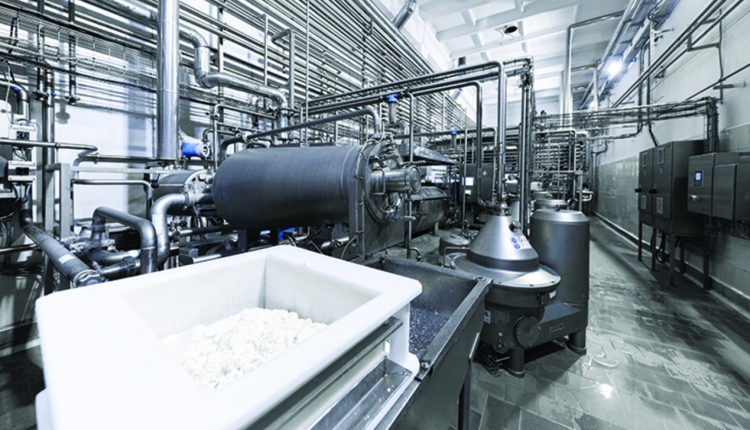
As farmers head from September to October, there are still decisions they can make on perennial forages.
“The most important question, and probably the most common, is do we cut or not cut anymore? But nested within that decision, is do we keep the stand or not keep the stand?” said Scott Reuss when speaking of alfalfa hay. Grazing and fertilization are additional factors that farmers need to consider.
Reuss, a University of Wisconsin-Extension agricultural agent based in Marinette County, strongly advises that farmers take the time to measure stand density and consistency.
“I realize that this is not going to be something every farm is going to want to do . . . but if we don’t measure stand density as well as consistency, we’re basically only guessing,” he continued in the webinar "Fall Management Decisions for Perennial Forages."
Though counting plants works, counting the stems of alfalfa plants is an even better way to check health and gauge yield potential.
In using stem density to evaluate alfalfa stands, Reuss suggests that density over 55 stems per a square foot is ideal. “When we’re over 55, great . . . when we get under 40, okay, now we have some problems. We’re definitely going to be limiting yield,” he said.

Farms also need to make decisions based on forage needs. The September 15 Hay Market report shows that dairy-quality hay is selling for $160 to $210 per ton for large square bales.
“At those prices, and thinking of typical on-farm harvest costs, we actually probably only need about half a ton of dry matter to warrant a harvest this time of year,” he said.
Cutting in late September or early October slightly raises the risk of winter hardiness issues. However, if the field had one good, long inter-harvest interval, the crowns still have a good opportunity to recharge.
“It really comes down to a farm-to-farm decision,” he said. “They have to think about, do they have the time to do this type of a harvest situation, do they have the storage capacity . . . there are multiple little single farm situations that are going to impact this decision, but it does come down to economics and winter risk as far as the two primary ones.”
The author and her family own and operate a sixth-generation farm near St Johns, Mich.








